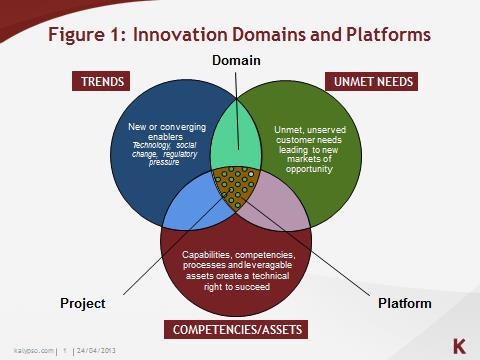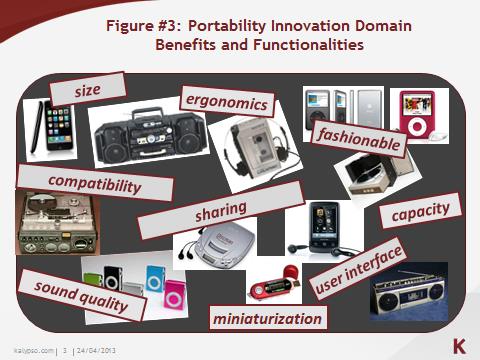Mastering the Front End: Seven Steps to a More Creative Organization

Neuroscience has scientifically proven that unusual neural connections help 'creative people' connect insights that others find unrelated. This tends to back up the common notion that ideas are all about that 'light bulb' moment, which reinforces the role of the elected, creative few. But for leaders of innovation, it raises broader questions and implications. First, how do you bring diverse knowledge and insights into the organization to create these unexpected connections? Second, how do you ensure that the creative ideas generated are relevant to your business? Third, how do you support a business process that seems 'fuzzy' and turn it into reproducible steps that invite broad contribution?
Here are seven steps to develop a creative organization that is more than the sum of its collective individuals.
1. Enable real-time, dynamic collaboration to integrate knowledge.
Innovation is about combining different bodies of knowledge. When knowledge is integrated, it creates the conditions that stimulate creative people to make the unusual connections that lead to breakthrough ideas. That's why you need cross-functional teams: to collaborate on a daily basis and ensure that their knowledge is integrated. If you have a dispersed team, then you need to ensure that your social networks are enabled by technology.
2. Broaden your range of inspiration.
The best business ideas often occur at the intersection of market, customer and technology intelligence. Teams that create the best ideas take the conscious step of carefully selecting the sources of inspiration before they go digging for information. For example, food companies source inspiration from culinary trends, consumer good companies immerse themselves in the consumer experience, and B2B companies spend days in technology scenario planning. Open innovation extends this network of knowledge to the outside world, quickly multiplying the sources of inspiration.
3. Remove the fuzziness from the process.
To ensure that everyone can contribute, establish a clear process and clarify how the front end of innovation (FEI) process fits with the broader end-to-end innovation cycle. A strong FEI process should include the following steps: clarify the discovery brief, dig for inspiration, create ideas, develop the ideas and, finally, converge in the most promising projects. The secret to success is to require that the process is followed, but to avoid creating hurdles, gates and governance in the earlier stages.
4. Link ideation to corporate strategy.
Creativity can produce a lot of ideas, but business value increases when creativity is channeled to priority areas. A lot of patents are traded or sold every year because they represent relevant customer solutions that could not be supported by the company's business model. Establish your strategic arenas and innovation requirements early.
5. Transform business requirements into innovation requirements.
After clarifying the strategic arenas, translate them into requirements specific to innovation. This leads to innovation domains, which reside at the intersection between mega-trends and unmet consumer needs relevant to the strategic arena. Adding your technical competencies and complementary assets leads to the development of innovation platforms, as illustrated in Figure 1.


